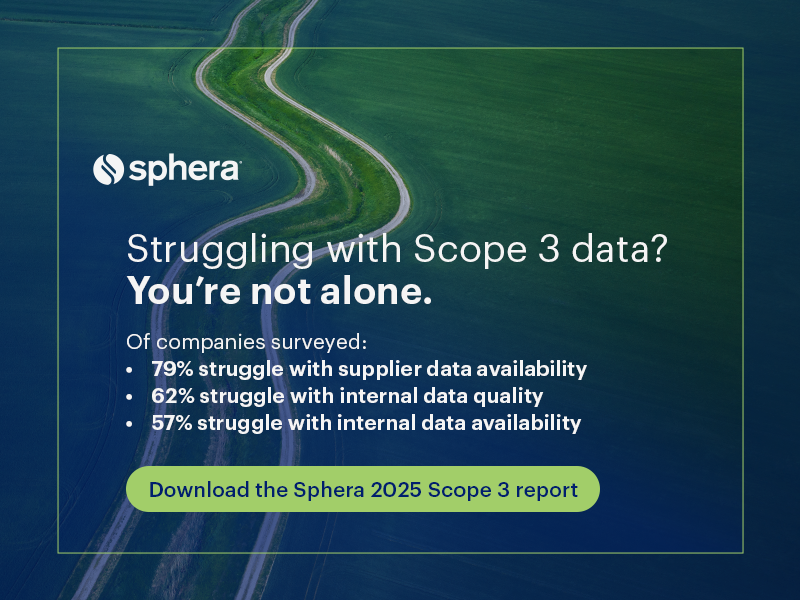Determining Baseline Emissions: Possibilities and Potential Pitfalls
Greenhouse gas (GHG) accounting and reporting protocols often use the concept of a “baseline” to quantify a business’ progress in reducing emissions over time, both with regard to overall emissions and specific emission reduction projects. For meaningful comparisons to be made, businesses must agree on the rules for determining and updating these “baselines”. This paper will discuss key steps to creating “baselines” that are accurate, transparent, consistent, complete, and relevant. Where various options are discussed, the paper includes recommendations made by the WRI/WBCSD GHG Protocol.
Corporate vs. Project Accounting
When considering a baseline, it is important to distinguish between corporate and project GHG accounting and the terms associated with each.
In corporate accounting, which includes all of a business’ operations, a baseline is usually referred to as a “base year”(see footnote) and is the reference point used to compare a company’s actual emissions between years. Reductions are then measured by comparing GHG emissions over time, e.g., between 1990 and 2000.
In project accounting, which applies solely to a specific GHG reduction activity, the term “baseline” is used to compare actual emissions with the amount of emissions most likely to have been produced if the project had not taken place. In this case the “baseline” represents hypothetical emissions, as the project has created an alternative scenario. Determining the difference is a significant challenge in quantifying GHG projects.
Corporate or Organizational Base Years
For organization-wide or corporate GHG accounting, establishing a reliable base year and maintaining consistency over time requires several steps:
- Define the base year boundaries. This involves making choices about which operations (e.g. U.S. or global) and emissions sources (e.g. direct GHG emissions from on-site combustion, or indirect GHG sources such as imported electricity and product use) to include. The GHG Protocol Initiative recommends that companies include all direct GHG emissions (from sources owned or controlled by the company) as well as indirect emissions from imported energy. Beyond that, other GHG sources are optional, though there are often strong business reasons for including them. For more information on which emissions are required and which are optional parts of your inventory, please see the GHG Protocol, www.ghgprotcol.org.
- Develop a robust verifiable inventory. High quality data is necessary for your base year and every year to the present. Companies should strive to establish a base year as far in the past for which reliable data is available for all sources within the boundary.
- Maintain data consistency over time. Companies change over time in two ways: structurally and organically. Structural change involves a change of ownership of emissions, e.g., mergers, acquisitions and divestitures. The GHG Protocol recommends the base year be adjusted for structural change to maintain comparability over time. For example, in an acquisition, the purchased company’s emissions history is consolidated with the purchaser’s emissions retroactively to the base year. Organic change refers to changes in production output, product mix, and the opening or closing of facilities by the company. The GHG Protocol does not recommend adjustments to the base year for organic changes as they represent either increased (organic growth) or decreased (organic decline) emissions to the environment.
Project Baselines
After establishing a corporate GHG inventory, some businesses may want to buy or sell reductions (e.g., project offsets or certified emissions allowances/ credits) to meet voluntary or mandated emissions caps. Project reductions are specific changes to a baseline emissions scenario at a defined set of sources or sinks either within or outside of a company’s organizational boundary. Most trading schemes require that project reductions be quantified by comparing project emissions to the business-as-usual (baseline) case. Establishing a credible and robust baseline involves:
- Define project boundaries. A project’s “primary” impact changes GHG emissions (or removals in the case of a sequestration project) at a specific source (or sink). A baseline must be developed for each primary impact. Projects can also have “secondary”, or unintended, GHG impacts. For example, leakage may occur when grazing land is converted to dedicated energy crops, raising demand for grazing land elsewhere. These must also be included when establishing the baseline and quantifying the reduction.
- Select a type of baseline. There are two types of baselines — standardized and project specific. A standardized baseline is constructed to apply to a set of projects (e.g. all reforestation projects in a defined geographical region). A project specific baseline is determined using the specific circumstances of that project, such as technological, ecological, regulatory and financial factors.
- Demonstrate additionality. This is the concept of determining if a project reduces emissions below (or increase sequestration above) the baseline. The key to additionality is to show that the project is beyond business-as-usual practices and that reductions in GHG emissions have occurred.
- Avoid double-counting: Projects can have both direct and indirect reductions. Direct reductions occur at sources under the ownership or control of the project developer, while indirect reductions occur at sources owned by another organization. Reductions can not be counted against multiple organizations emissions. For instance, if a bank funds a factory’s energy efficiency improvements, the emission reductions can count against either the bank or factory’s emissions, but not both.
The GHG Protocol Initiative is working with numerous stakeholders to try to reach consensus on the best practice approaches to these issues. As more companies implement GHG accounting, institutional knowledge will continue to expand, and the costs and barriers to effective implementation will continue to fall. This commitment and cooperation continues to help businesses report fair and accurate inventories, and develop effective GHG emission reduction strategies.
———————–
Peter Gage is a research analyst for the World Resources Institute where he works on the GHG Protocol Initiative, a multi-stakeholder collaborative effort led by WRI and the World Business Council for Sustainable Development. The Initiative brings together leading experts on GHG emissions to design, disseminate and promote the use of globally applicable accounting and reporting standards for GHG emissions. The GHG Protocol Corporate GHG Accounting and Reporting Standard and Guidance was first published in October 2001 and a revision will be published in December 2003.
———————–
1 This avoids confusion with the term “baseline” as used in project accounting and creates a distinction between the discrete “base year” time period and potentially ongoing “baseline” scenarios.









